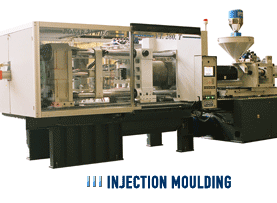European Plastics News

European Plastics News is the only monthly pan-European plastics industry magazine, delivering an international perspective on the key technical and business issues impacting on the plastics industry throughout the region. Qualify for Your Three Free Trial Issues! The journalists, who have an unrivalled combination of plastics and editorial experience, travel the length and breadth of Europe and beyond, meeting key plastics processors, suppliers, innovators and opinion formers. Their reports and comments make EPN essential reading for decision makers throughout Europe's plastics industry who are demanding international viewpoint on an increasingly global market. You will receive 3 RISK-FREE issues of European Plastics News. You can choose to continue to receive 9 additional issues (12 issues total) for just £240; otherwise, keep the 3 FREE trial issues and owe nothing by returning the bill marked "cancel".












